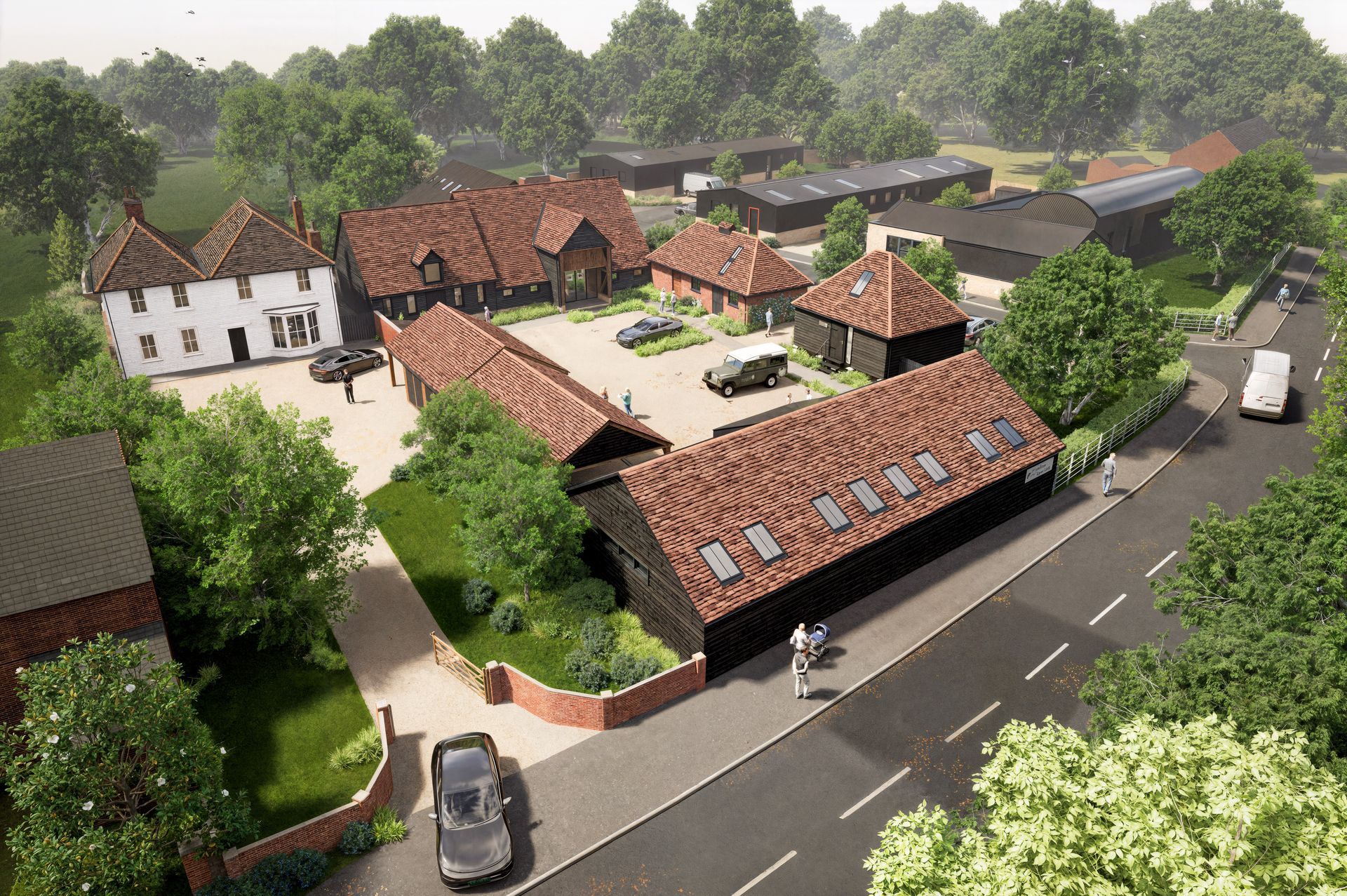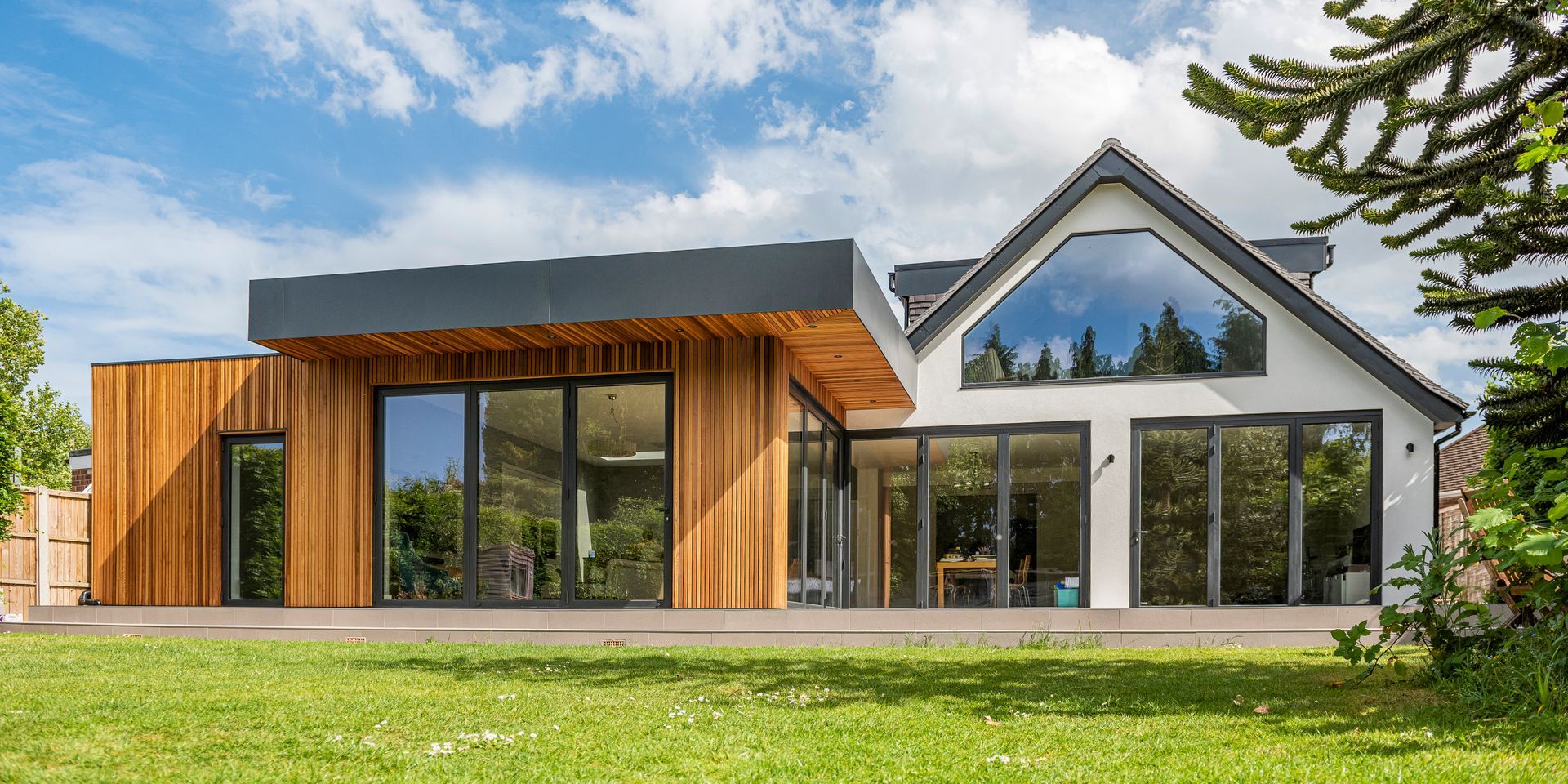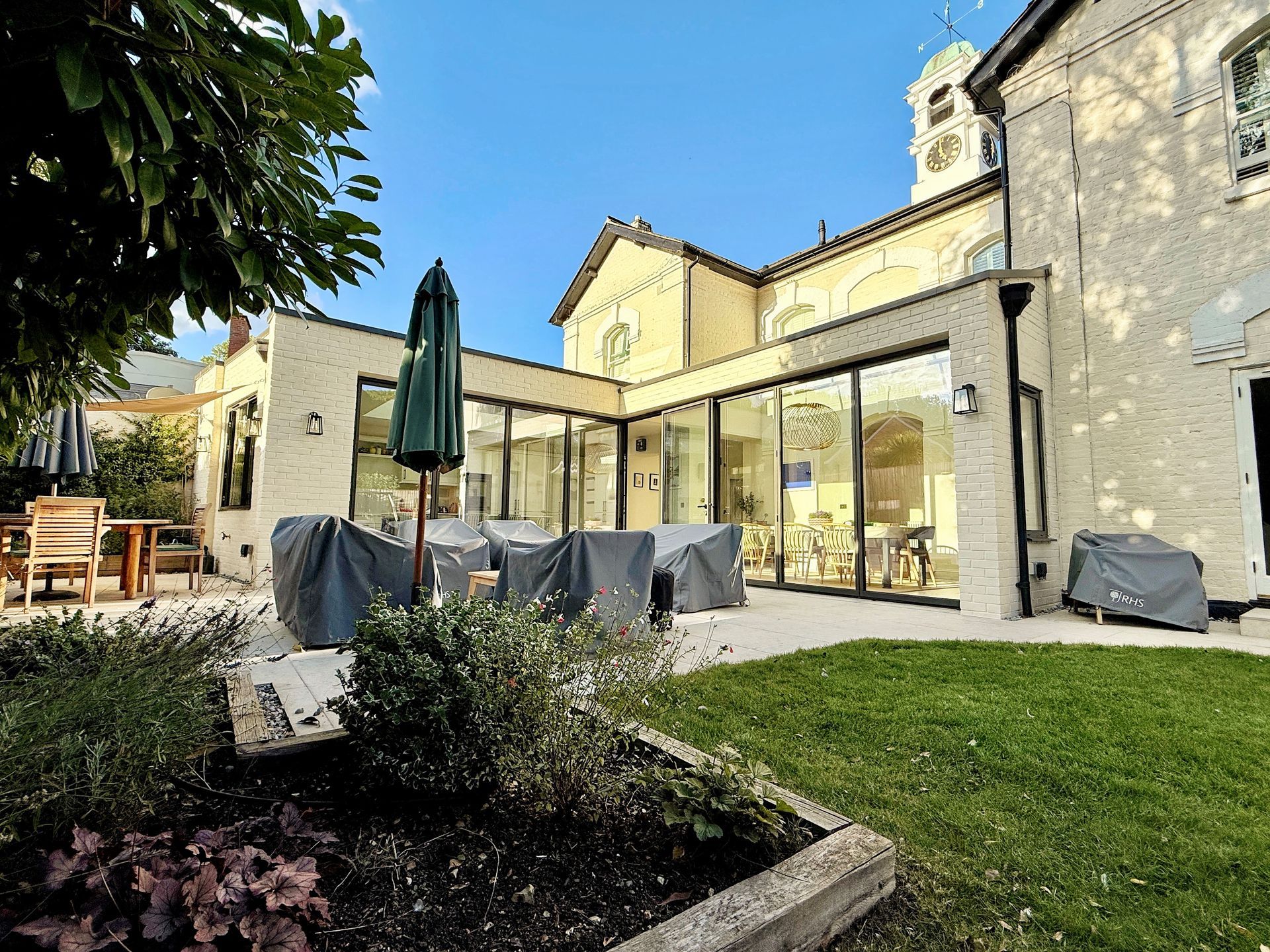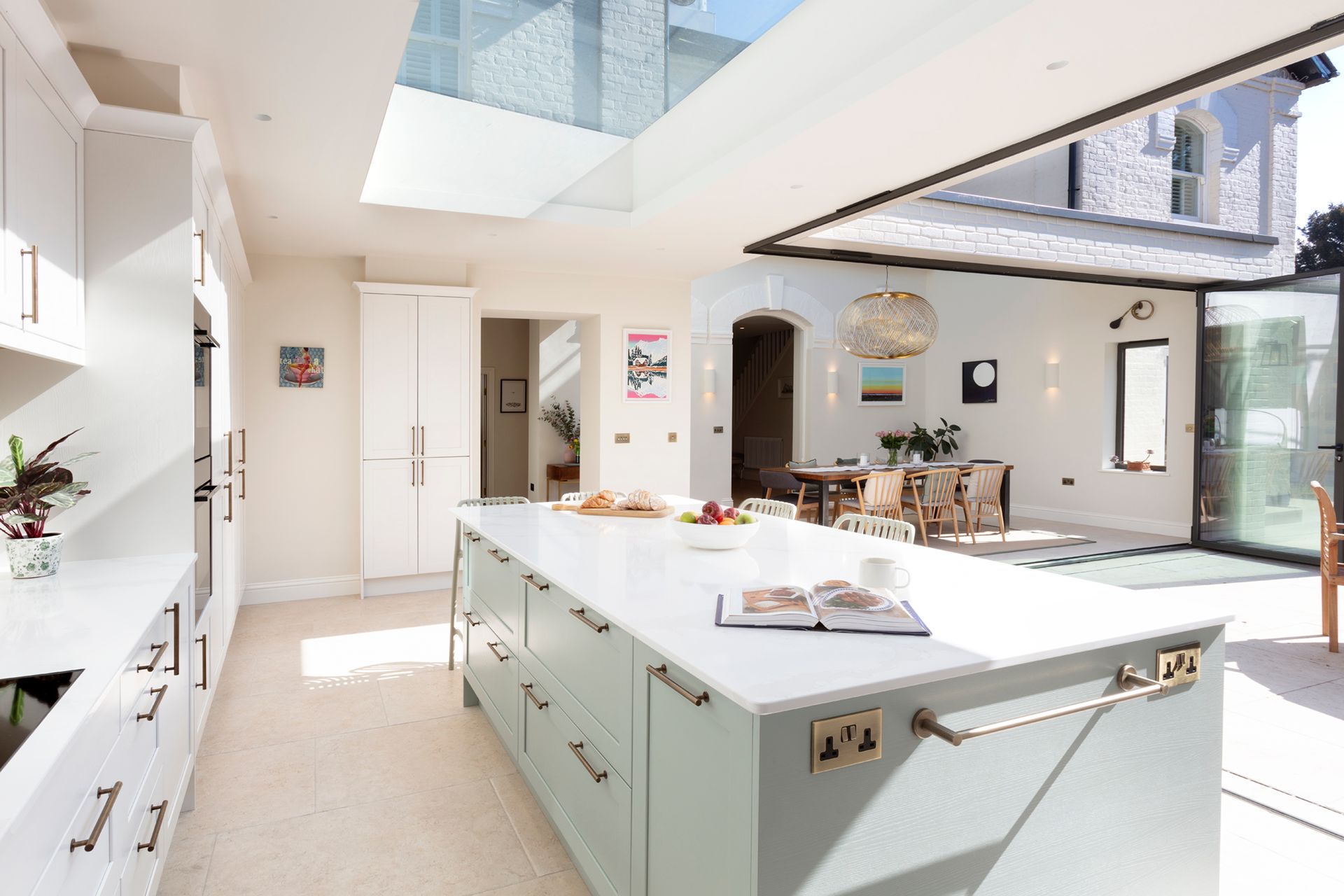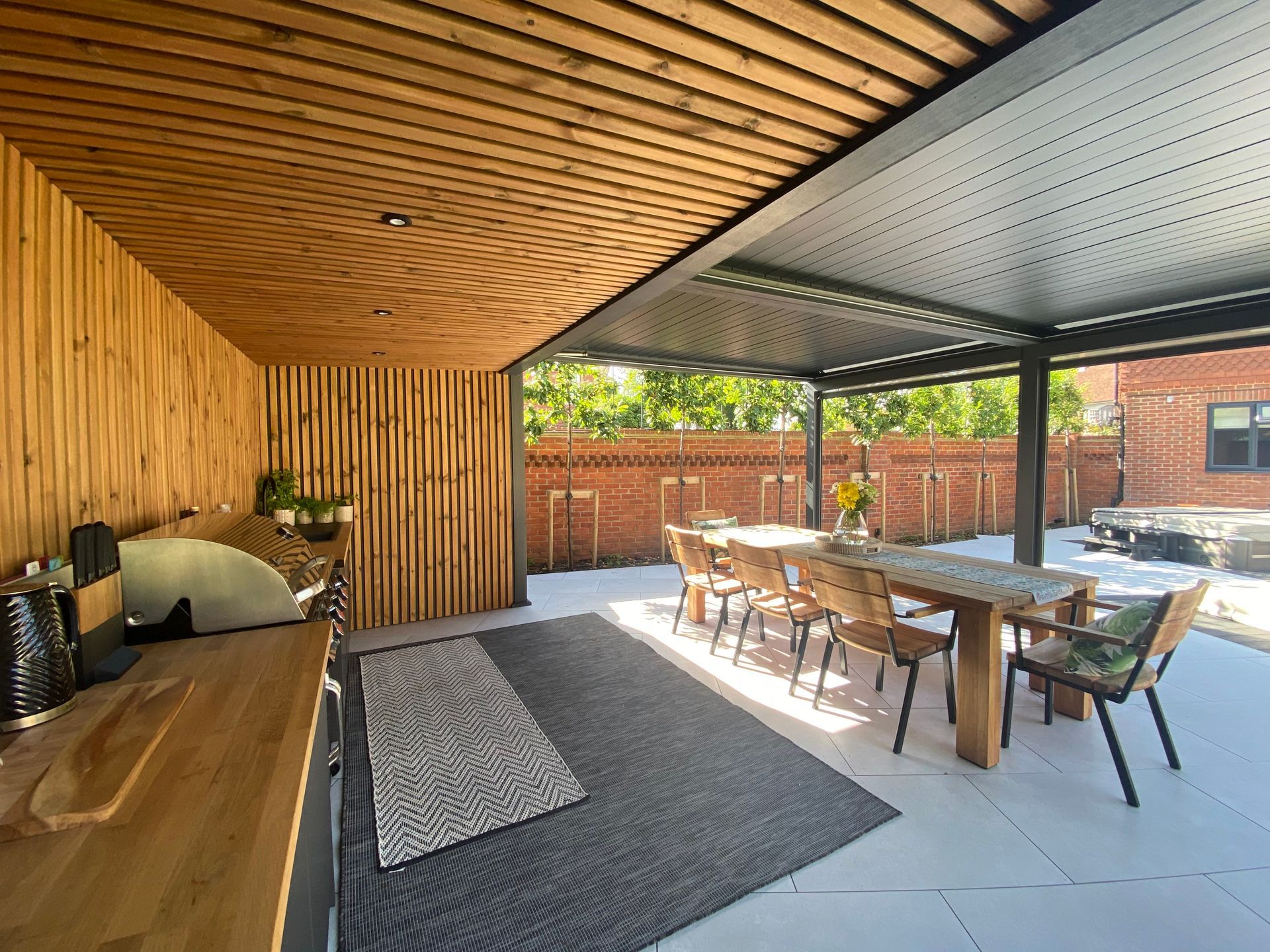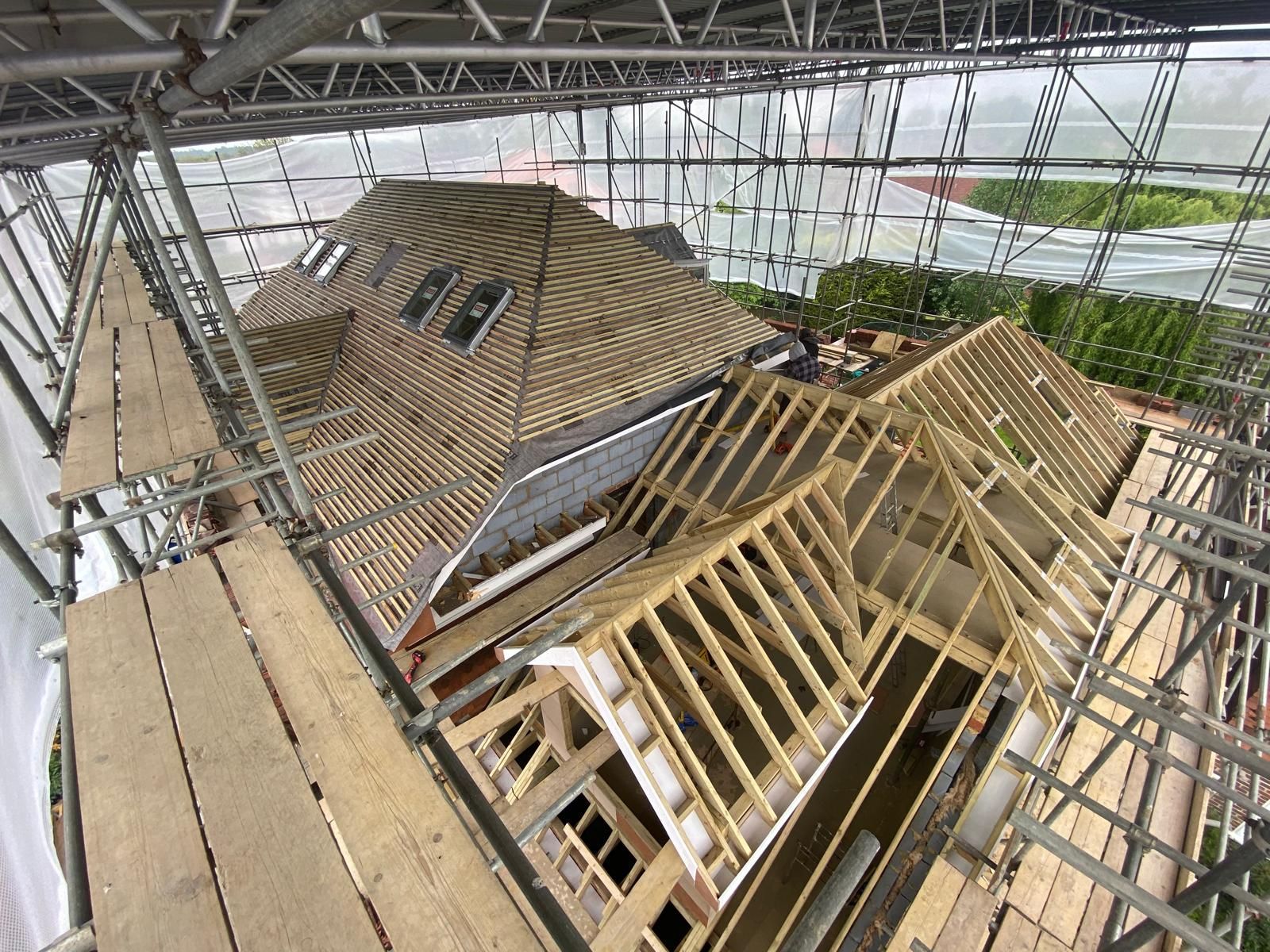Smart House? Our top tips!
We were on site last week on our project for a replacement house in Reading, which is our first fully “smart” house rather than a refurbishment one.

It was great to see progress on site and also to see what the smart install is actually like on site. We have worked hard with the client and the Smart tech installers from Pro-Teck Electrical It was amazing to see the installation process of all the equipment!
On the project we used the Loxone system which controls everything in the house including music, lighting, heating, front door, security cameras, window blinds and TV. Below is a photo of the current state of the install (only one of the two racks).
Based on our experience of our first fully smart house we thought we pass on our top 11 things to consider if you want a smart house:
- Connectivity: Your smart home will require a reliable internet connection to work properly. A strong Wi-Fi network is necessary for all your smart devices to communicate with each other.
- Compatibility: Not all smart devices work together, so you'll need to make sure the devices you choose are compatible with each other. Check the specifications of each device to ensure that they will work seamlessly with each other.
- Security: With the increase in smart home devices comes an increased risk of cyber-attacks. Make sure to invest in robust security measures to protect your network and data from hackers.
- Control: Choose a platform that allows you to control all your smart devices in one place, whether it's through an app, voice control, or a central hub.
- Budget: Smart home devices can be expensive, so consider your budget and prioritize which devices you want to invest in. Start with the basics and add more devices as your budget allows.
- Privacy: Make sure to read the privacy policies of the devices you're considering and choose ones that prioritize your privacy.
- Energy efficiency: Smart devices can help you save energy by automating tasks like turning off lights and adjusting your thermostat. Consider investing in energy-efficient devices to save money and reduce your carbon footprint.
- User-friendliness: Choose devices that are easy to use and set up. Complicated devices can be frustrating and might not get used as much as simpler ones.
- Maintenance: Smart devices require maintenance and updates to ensure they continue to work properly. Make sure to factor in the time and cost of maintenance when considering which devices to buy.
- Futureproofing: Technology is always changing, so choose devices that are future-proof and can be upgraded as new technology becomes available. This will ensure that your smart home remains up-to-date and continues to meet your needs in the future.
- Space: as we note above its amazing how much space a smart home system takes up both in terms of cabling routes and the “brains” of the system. Therefore, when you are planning your system you make sure to allow an appropriate amount of well-ventilated space for the brains and for cable runs through your property.
By considering these factors, you can create a smart home that fits your needs and lifestyle.
